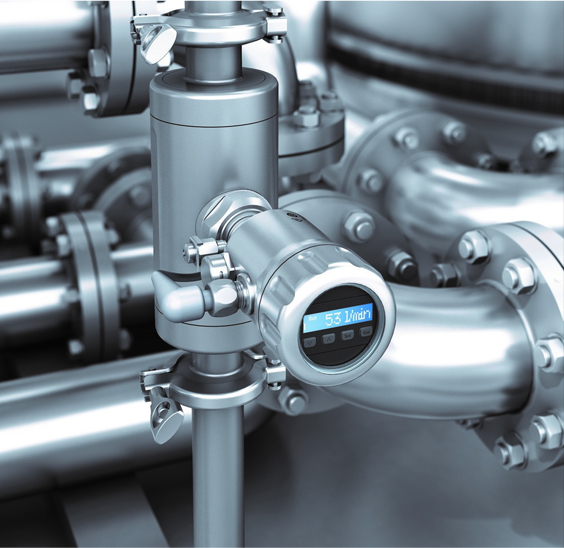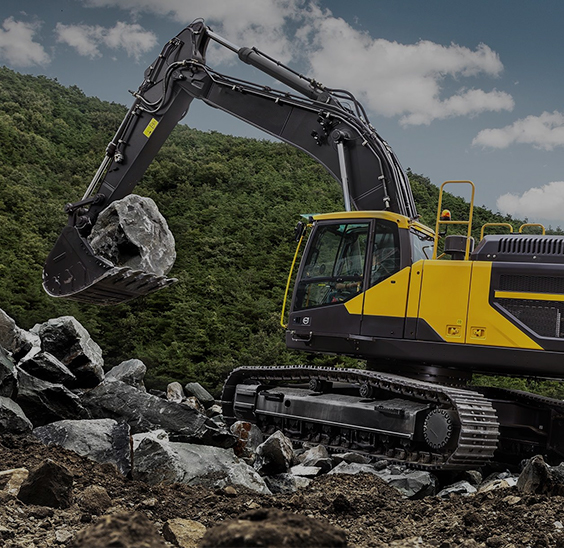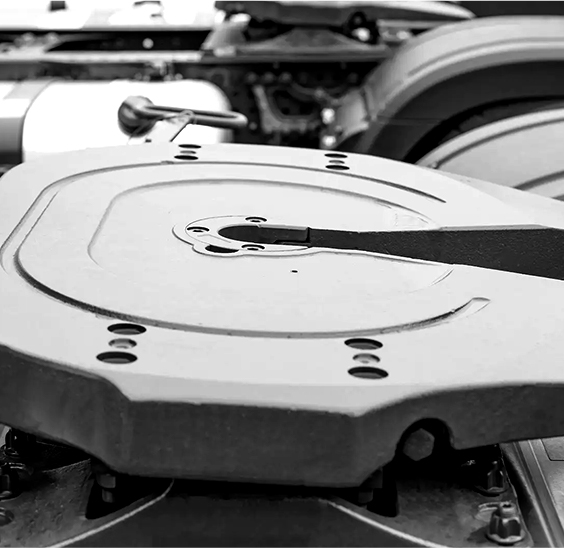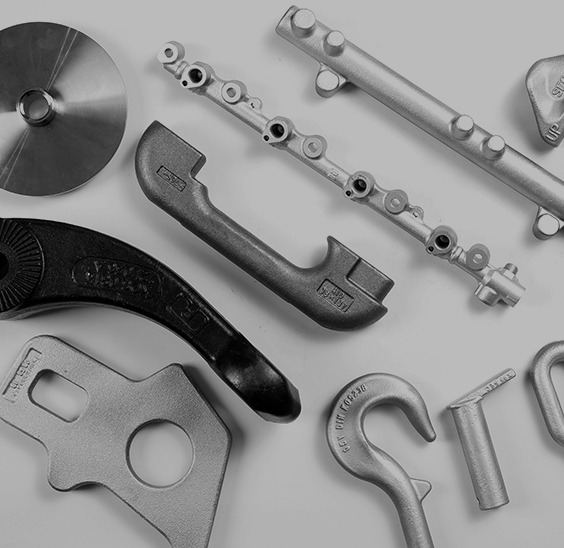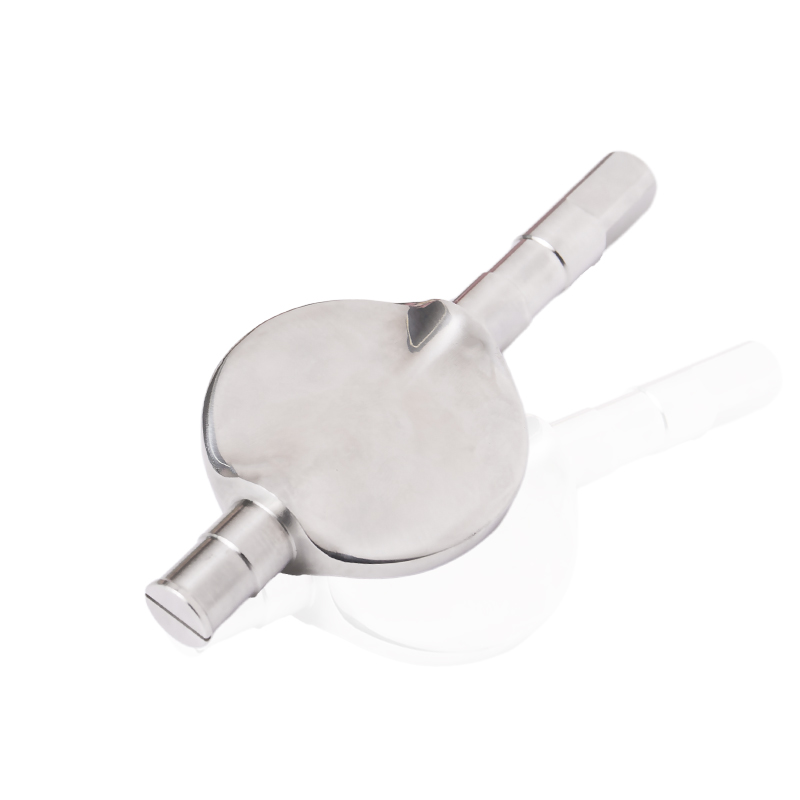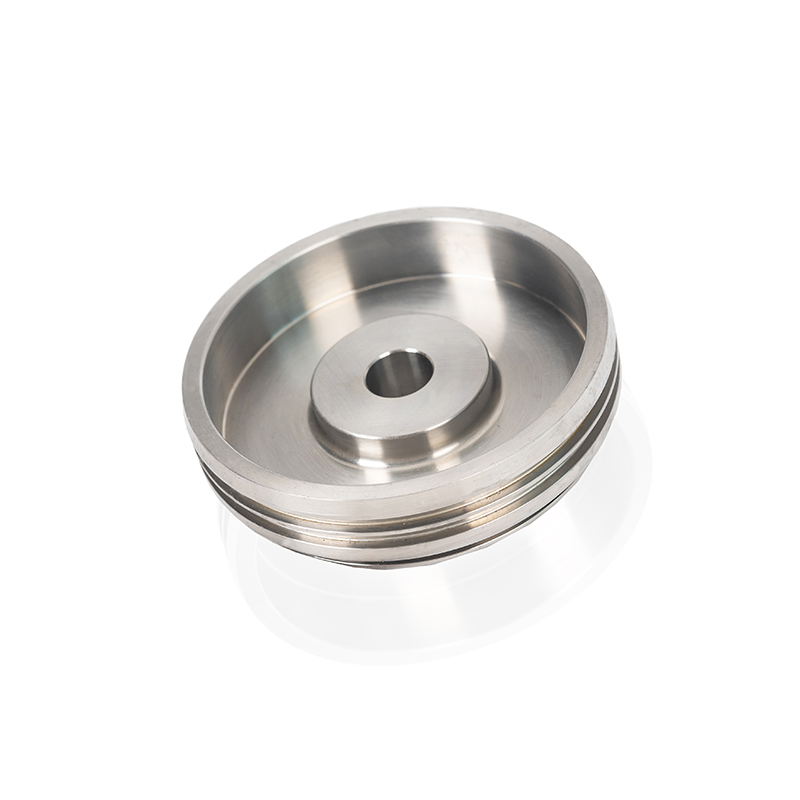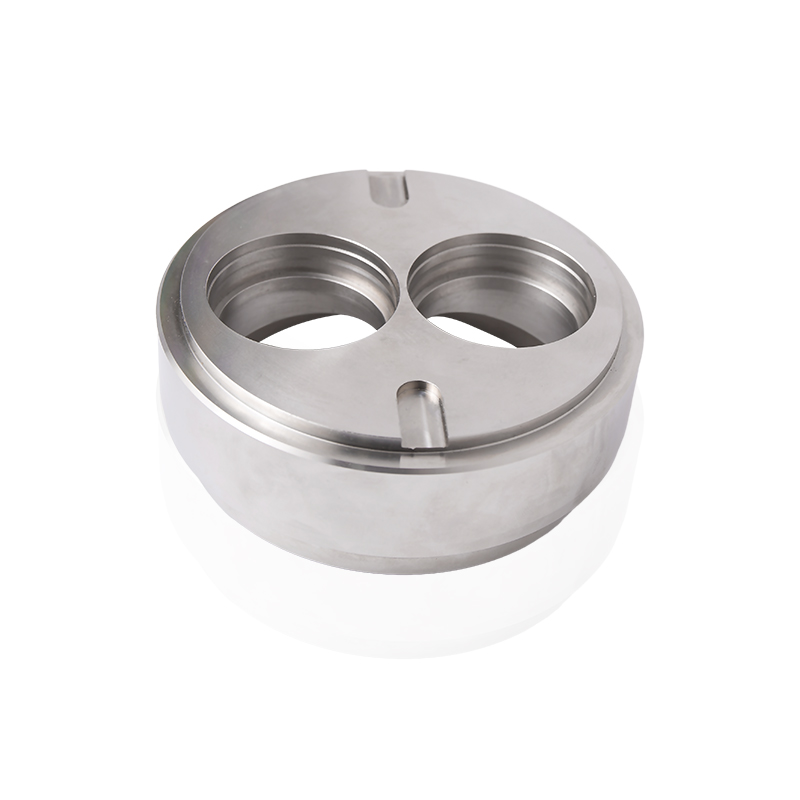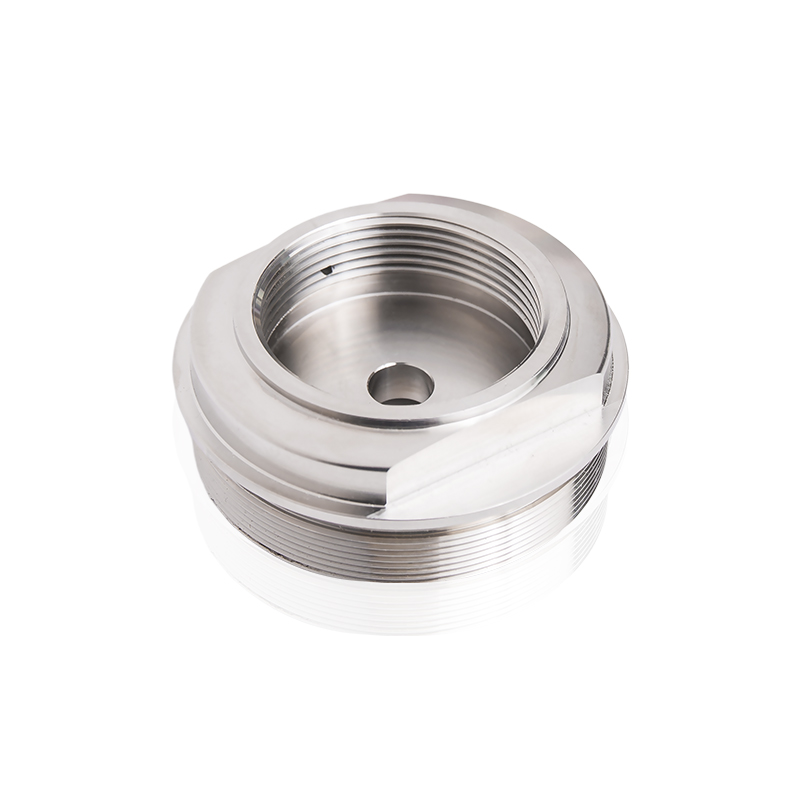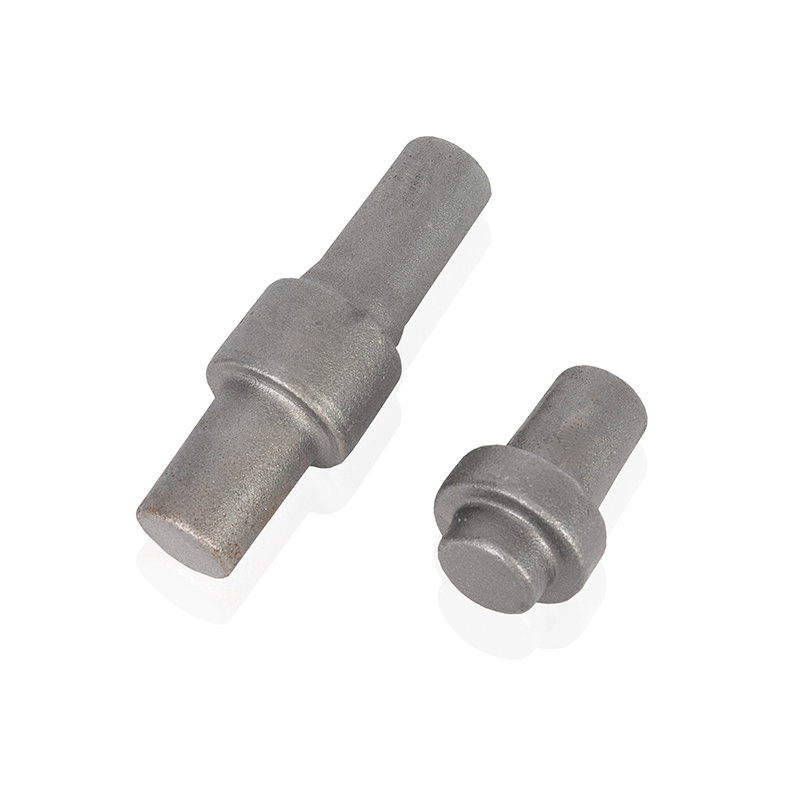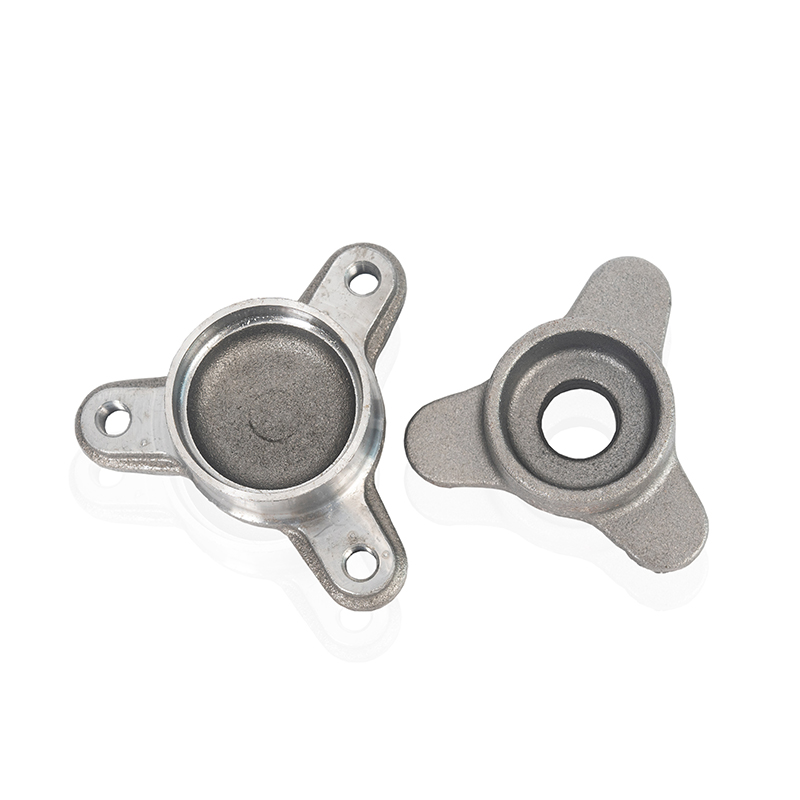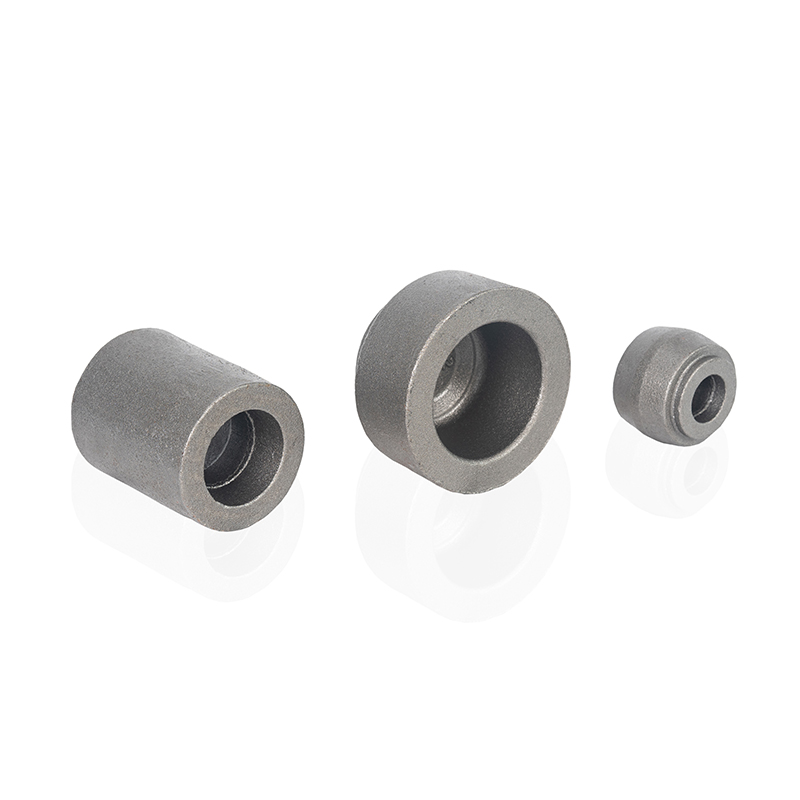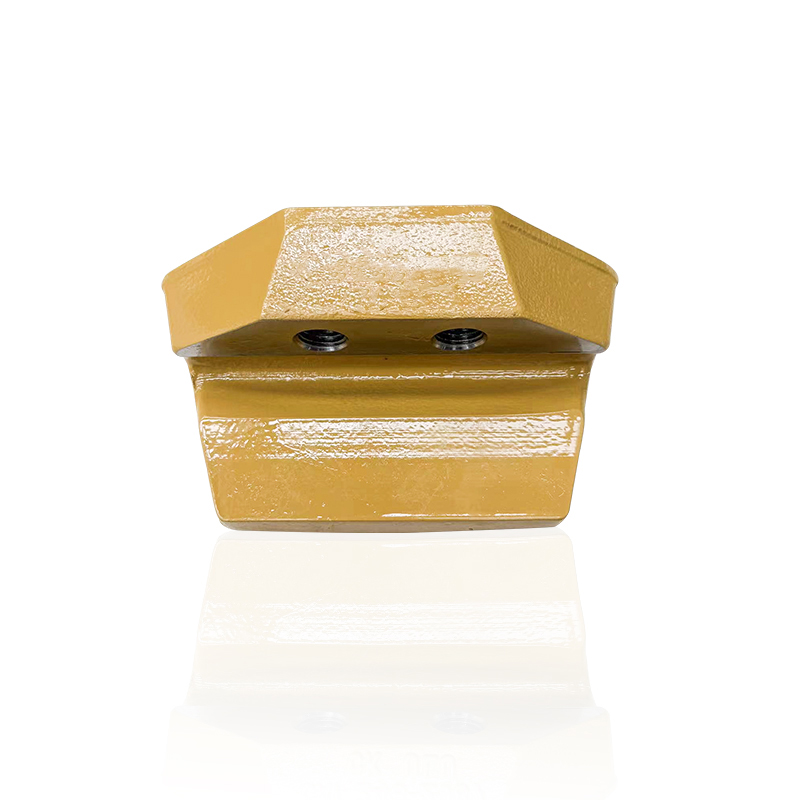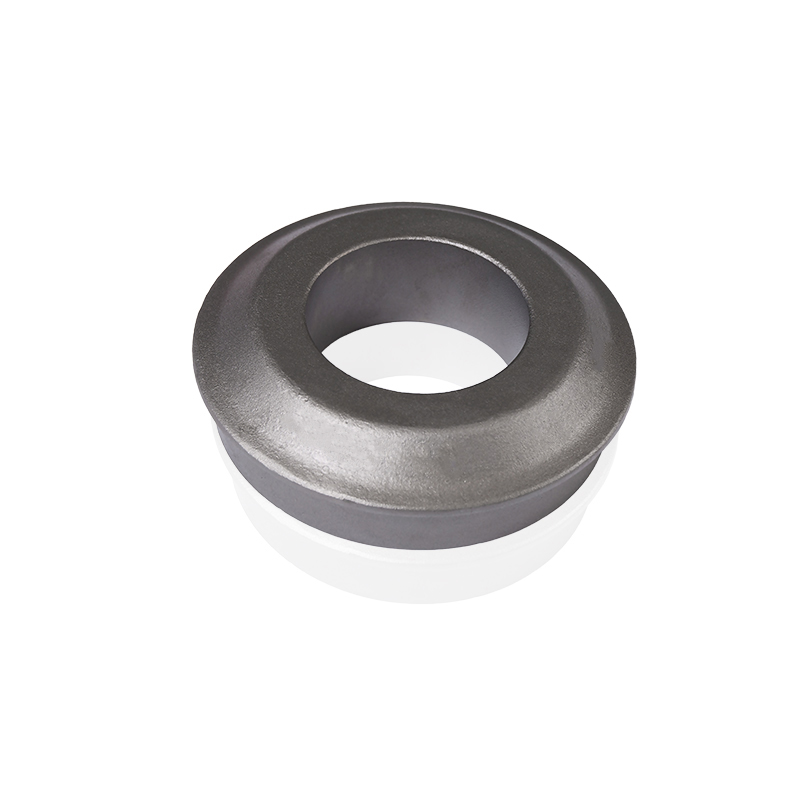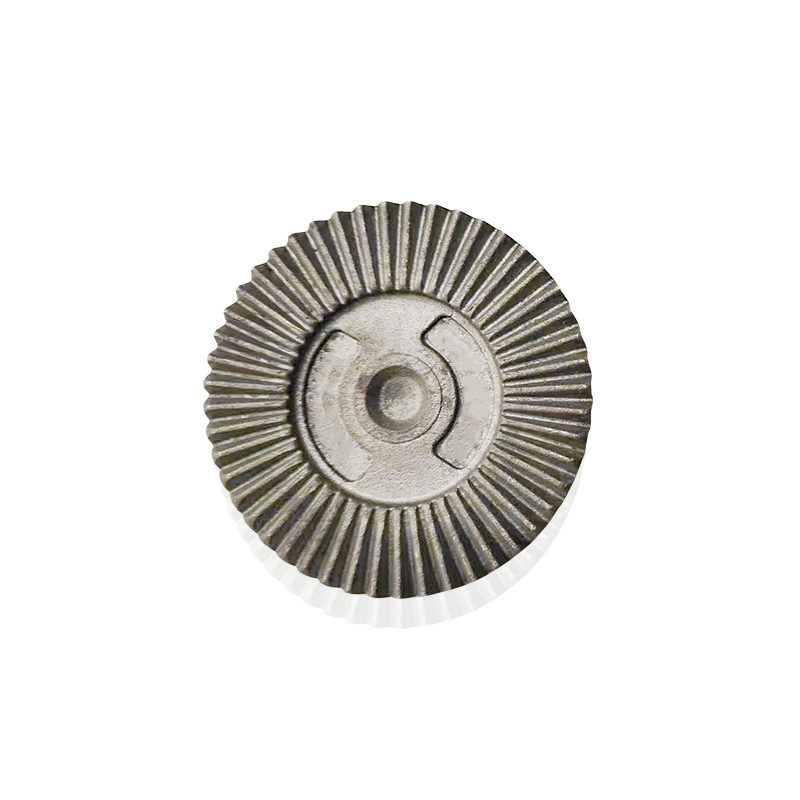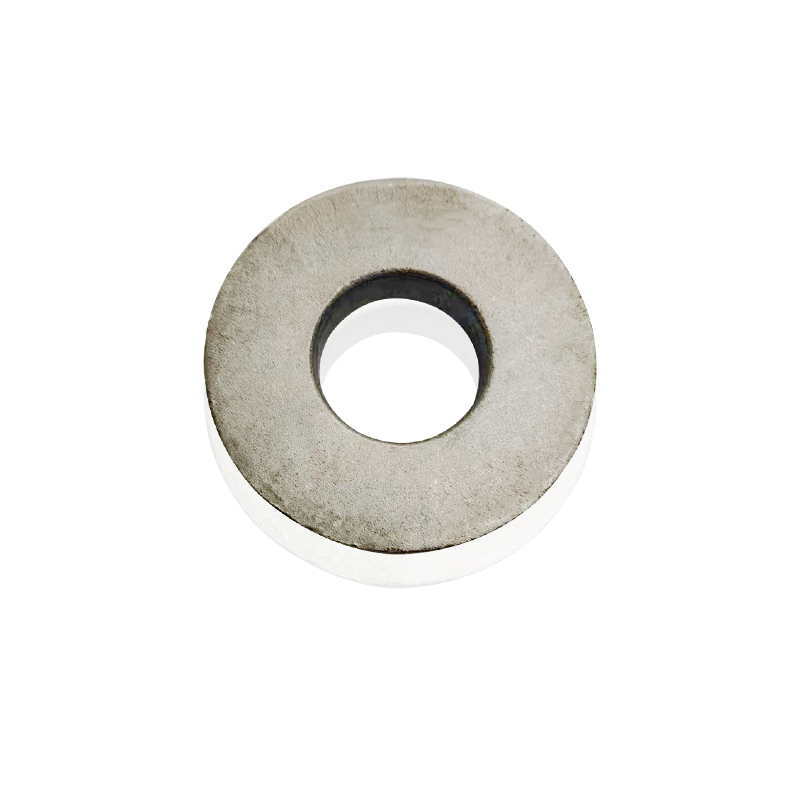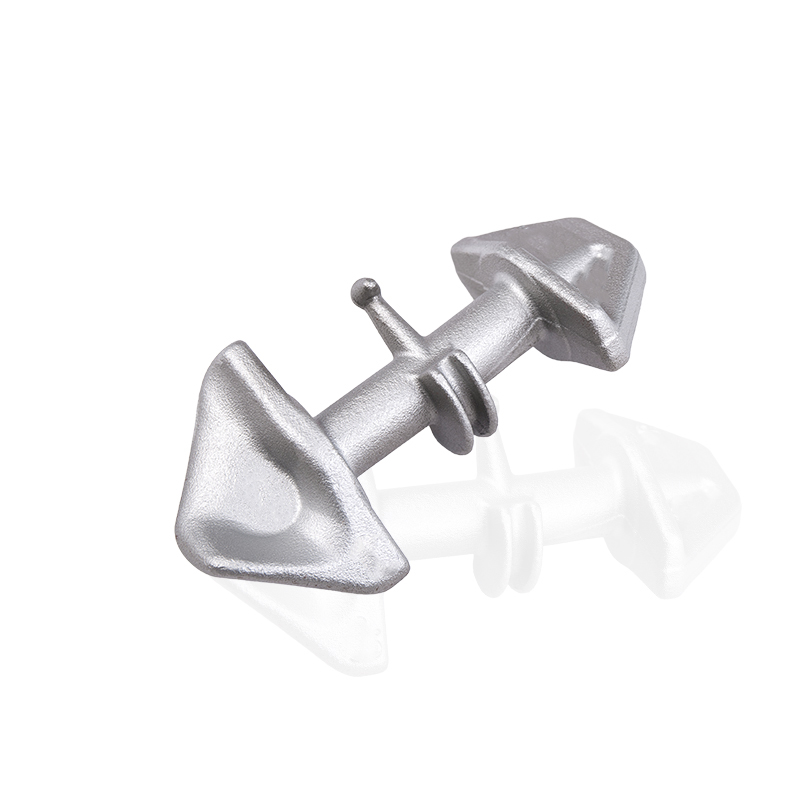Difference Between Backflow Valve and Check Valve
 2025.10.24
2025.10.24
 Industry news
Industry news
What is a Backflow Valve?
A backflow valve is a type of valve designed to prevent the reverse flow of water, ensuring that water only moves in one direction through a pipe. It is mainly used in plumbing systems to avoid contamination of the potable water supply due to backflow, which could occur from pressure fluctuations, system malfunctions, or other issues.
What is a Check Valve?
A check valve, also known as a non-return valve, is a valve that allows fluid to flow in one direction only, automatically preventing reverse flow. It’s commonly used in pipelines, water systems, and other fluid transport systems to prevent backflow caused by pressure changes or system failure.
1. Key Differences Between Backflow Valves and Check Valves
While both backflow valves and check valves serve similar functions in preventing reverse flow, there are notable differences in their design, purpose, and application. Below is a comparison of these two types of valves:
| Feature | Backflow Valve | Check Valve |
| Primary Function | Prevents backflow in potable water systems | Prevents reverse flow in pipelines |
| Design | May include additional features for detection and monitoring | Typically simpler, with a flap or ball mechanism |
| Common Applications | Used in plumbing to protect potable water from contamination | Used in industrial, water, and sewage systems |
| Regulatory Standards | Often governed by local plumbing codes and regulations for water safety | Less regulated, but still follows general fluid control standards |
2. When to Use a Backflow Valve vs. a Check Valve
Choosing between a backflow valve and a check valve depends on the specific requirements of the system and the type of fluid being controlled. Below are some general guidelines for when to use each type of valve:
Backflow Valve Applications
- When protecting drinking water from contamination due to backflow in plumbing systems
- In systems where water must flow in one direction, but reverse flow could lead to significant hazards
- For compliance with local health and safety codes related to potable water supply
Check Valve Applications
- In industrial piping systems where fluid flow needs to be controlled and reverse flow must be prevented
- In sewage, drainage, and stormwater systems to prevent backflow from external sources
- In non-potable systems where reverse flow may cause damage to equipment or machinery
3. Benefits and Limitations of Backflow Valves and Check Valves
Both types of valves offer distinct advantages, but they also come with limitations depending on the system design and use case. Here is a breakdown:
Benefits of Backflow Valves
- Ensures compliance with health and safety regulations in potable water systems
- Prevents contamination of the water supply
- Provides extra protection against water pressure fluctuations
Limitations of Backflow Valves
- Can be more expensive and complex to install and maintain
- May require additional monitoring or testing equipment
Benefits of Check Valves
- Simpler design and more cost-effective
- Easy to install and maintain
- Provides reliable protection against reverse flow in a variety of systems
Limitations of Check Valves
- May not be effective in applications requiring high reliability and control
- Can be prone to wear and malfunction in certain conditions
4. Conclusion
In conclusion, both backflow valves and check valves are essential components in fluid control systems, but they serve different purposes. Backflow valves are crucial in protecting potable water supplies from contamination, while check valves are used in a broader range of industrial and municipal systems to prevent reverse flow. Understanding their unique features, applications, and benefits will help you make the right choice for your specific needs.



